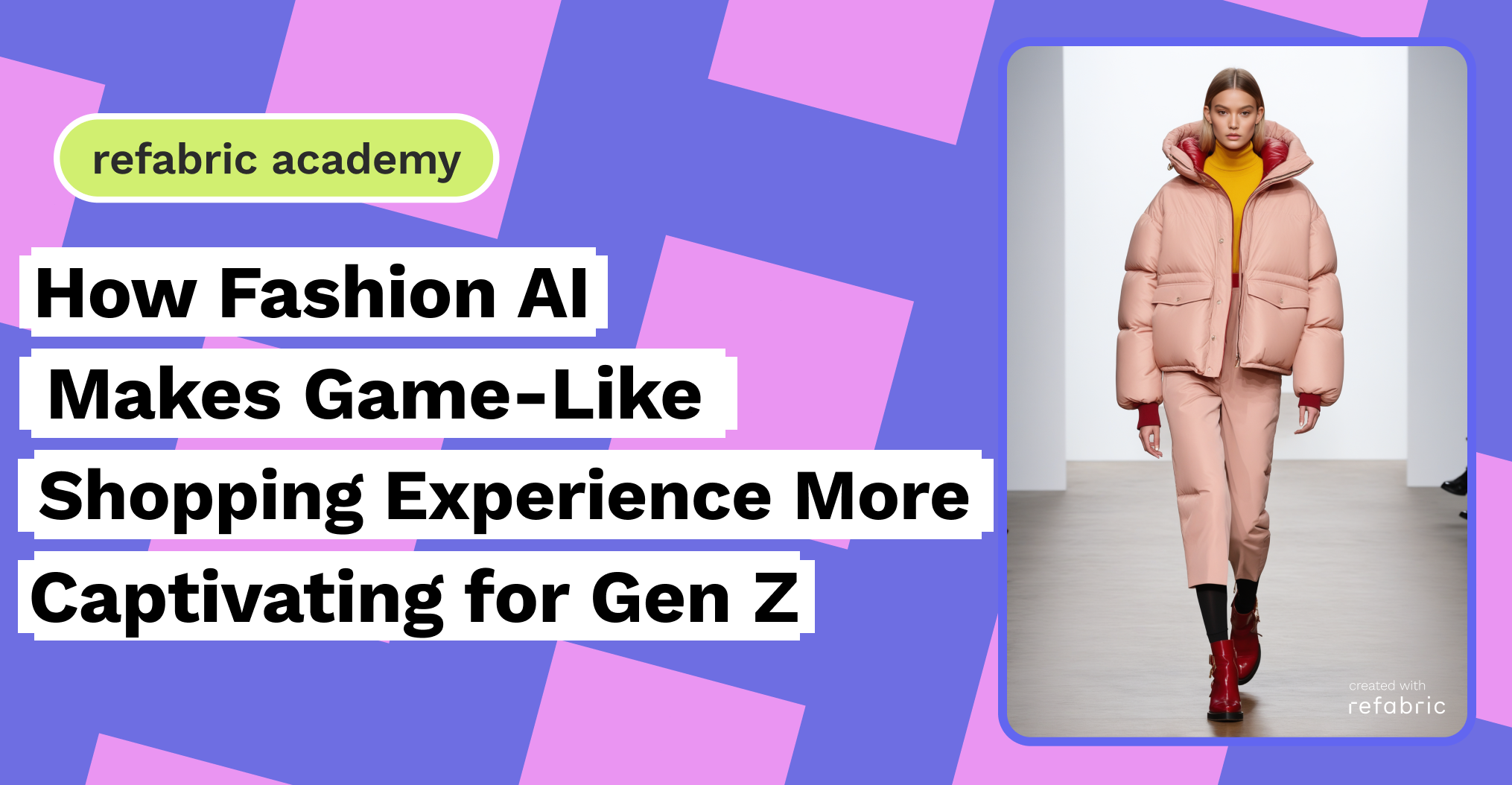As Gen Z’s spending power surges, game-like shopping experiences are becoming increasingly popular, and this is where fashion AI enters the chat—making it easier for brands to build and personalize virtual worlds. Growing up in a digital-first world, Gen Z is accustomed to seamless technology, virtual interactions, and gaming environments. This shift is reshaping how consumers engage with brands online, and fashion AI is playing a pivotal role in making these virtual spaces both more accessible and personalized. With advances in fashion AI, brands are now creating virtual stores that rival the immersive, interactive worlds of video games, offering a shopping experience like no other.
The Rise of Virtual Stores
The idea is that Gen Z consumers will embrace virtual stores just as they do video games, prompting brands to invest in a format that moves away from traditional e-commerce grids. Virtual stores are evolving into spaces that transcend traditional e-commerce grids. Rather than clicking through product pages on flat websites, shoppers can now navigate 3D environments that feel more like an open-world video game than a retail website. These virtual spaces can be stylized or photorealistic, and often take on fantastical elements—bringing visitors to locations and time periods that would be impossible to replicate in physical stores.
A major driver behind this evolution is fashion AI. In the past, building and managing virtual spaces required significant skill, time, and computing power. Fashion AI tools are now streamlining the process, allowing brands to create and customize virtual spaces faster and with more precision. More importantly, fashion AI can also enable real-time personalization, something that physical stores simply can’t match. Through AI-driven tools in fashion design, brands can offer individualized experiences tailored to the preferences, behavior, and shopping history of each customer. From Clinique’s larger-than-life laboratory to Ralph Lauren’s cozy ski chalet, brands are crafting memorable, immersive experiences that invite exploration and engagement rather than just product browsing.
